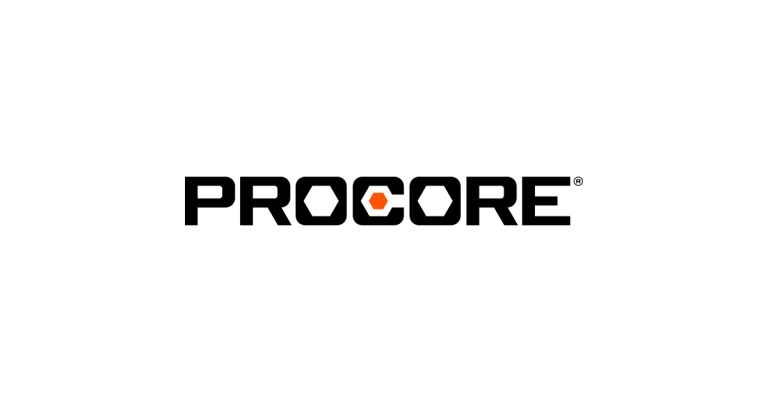SEO — What you Need to Know Before Starting the Conversation

November 29, 2016
During Electro-Federation Canada’s Marketing and Communications meeting last month, we had an opportunity to hear from Paul Allamby, Marketing Specialist and Managing Partner at PaulAllamby Consulting. He spoke to us about SEO best practices, and I felt it was worth summarizing and expanding on for our readers.
SEO (search engine optimization) in the simplest terms refers to a combination of tactics used to obtain a high ranking on search engines, all in an effort to attract visitors to your page.
Like everything online, SEO is constantly evolving as search engines (e.g., Google) continue to get smarter. No longer are we just trying to “trick” Google’s algorithm to get our pages to the top of the site by overstuffing AdWords. There is much more that goes into optimizing a page.
Oftentimes, companies look at SEO as a tactic within their marketing strategy, but SEO in itself is a strategy that needs to be considered at the forefront.
As Allamby mentions, your company firsts needs to build a foundation before it can delve into executing and framing its SEO strategy. He suggests before even starting your optimization process that you conduct a series of audits:
1. Audience audit — who is your key audience and what influences them?
2. SEO audit — what are you already doing to optimize your page, technical, accessibility, search keywords, etc.?
3. Content audit — what content is on your site and how relevant is it to your audience? Are you linking to other pages? Are other companies linking to your site?
4. Competitive audit – what are your competitors doing, and are they doing it better?
SEO is a powerful tool, which if used properly can work to help build your business. However, as Allamby reiterates, remember that “it is a ‘longtail’ strategy that often doesn’t deliver immediate results, [but] if effected properly, will consistently out deliver outbound marketing.”
There is a common misconception that we are optimizing to only improve credibility with Google and its rankings. However, optimization of your company’s website should be based on what is best for the visitors of the site (i.e., your customers) first, and Google will follow.
So, how can you optimize your site and work with Google to get your page to the top of the rankings?
Relevant content
Google’s number one priority is taking care of their users and making sure they find the answers to their queries. Therefore, the sites that provide visitors with the relevant information they are looking for, as soon as they are directed there, are more likely to go to top of the page.
As mentioned above, remember that we are optimizing for our clients, just as Google optimizes for its clients, the users. We are playing the same game. By using accurate and unique page titles for each section, employing proper keywords, and using brief but descriptive titles, everyone wins.
If you use a customer-first lens when developing your websites, companies can begin to master optimization and provide a better experience for users, which at the end of the day is the most important goal.
Link building
Building a digital network is also important when taking into consideration optimization. Google will look at other sites that have linked to yours in order to rank credibility. Those sites with relevant links are more likely to gain a better spot on the search rankings.
In the past, the algorithm would look at quantity of links, but now it is about content and relevancy of that content, not just numbers.
Just as with your face-to-face connections, taking the time to build these interactions online will strengthen the quality of your site and boost its credibility , in turn showing Google that you’re worth displaying “above-the-fold.”
Accessibility
This area, may be one that not everyone is familiar with, but it relates to the actual building of your site and all the code that works in the backend. And don’t worry, you do not need to understand the semantics behind the code but it’s important as marketers, business owners, and service providers to know what to look out for when discussing strategies with our web developers or third party agencies.
There are two subsections to accessibility that can impact your search rankings:
1. Site accessibility — ensuring that your site is user-friendly and easily understandable. That is, making sure it follows a logical link structure and that every page can be reached through at least one static text link. The search engine crawlers (also known as ‘spiders’) that crawl our sites, see them as raw code so it’s important that even the content on the backend is clear and organized so they can determine the structure and the context of what they’re looking at.
2. Accessibility for people with disabilities (PWD) — ensuring that your site is accessible to those who live with disabilities, from physical disabilities like blindness, deafness, or loss of mobility to learning disabilities such as dyslexia.
The Global Economics of Disability Annual Report 2016 estimates that 1.3 billion people, or 18% of the world’s population, have disabilities and together control over US$8 trillion in annual disposable income.
Much like spiders, screen readers assisting PWD rely on signals within the code to understand what they are reading. For example, making sure all images have alt tags that describe the image, that every video has a caption, and that there is proper hierarchy of text so that they can decipher between headers and body content.
There is a debate on whether or not this directly correlates with improving your SEO, but when looking to optimize your page, there is a significant overlap between ensuring your site is user-friendly and making your site accessible for PWD. By making your site accessible for PWD you are covering all bases for site accessibility in general, plus you are ensuring that this important portion of the population is able to view and experience your site properly.
SEO has always been a bit of mystery to some, but view it instead as a crucial component of your marketing and communications plan.
It is not something to tack on at the end of a meeting, or handed off to a third party agency without fully understanding how it works. After all, no one knows the intricacies of your business and its target market better than you.
Attracting new customers may not be possible if they can’t find you, and we can bet they are looking online. So, fish where the fish are — Google.
Your existing and potential clients are googling everything, so don’t miss the opportunity to be front and centre when it matters most. That is, when they are actually looking for you
References and further reading
• SEO Guidelines from Google: Google’s Search Engine Optimization Starter Guide
• Six Pixels of Separation Podcast with Mitch Joel: Episode #537, “Search Engine Optimization for Growth With John Jantsch”
• Forbes: The Fundamental Guide to SEO in 2016
• WC3 — Accessibility Guidelines: The Case for Making Websites Accessible
Julie Kerr is Associate Editor / Research Associate, Electrical Market.











